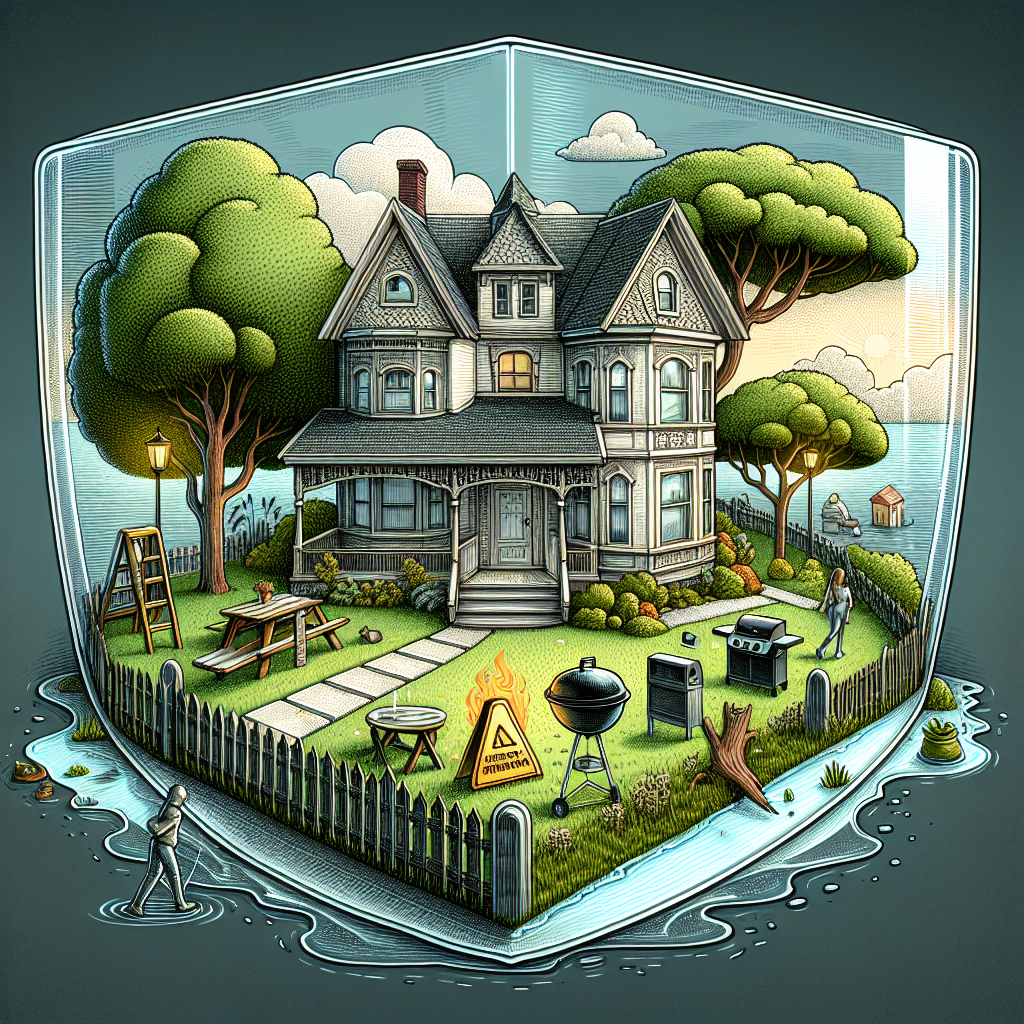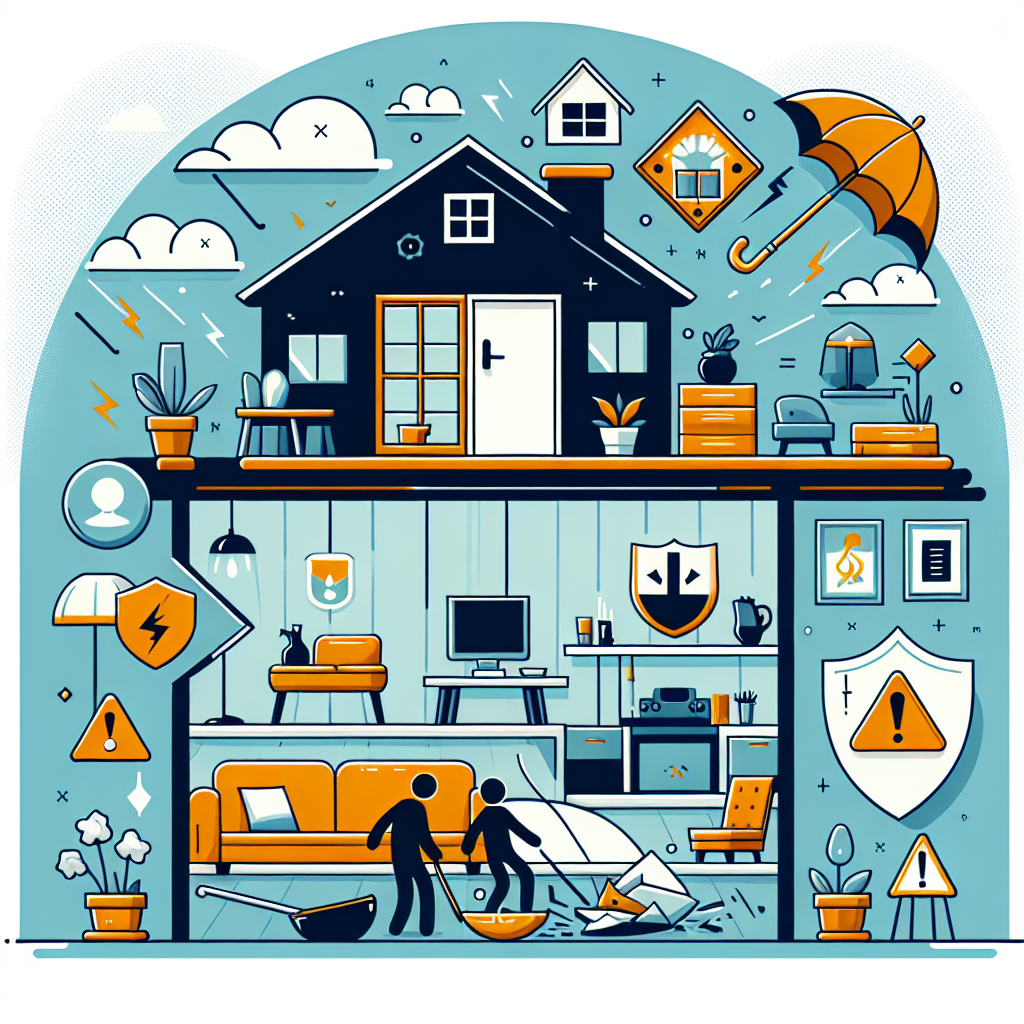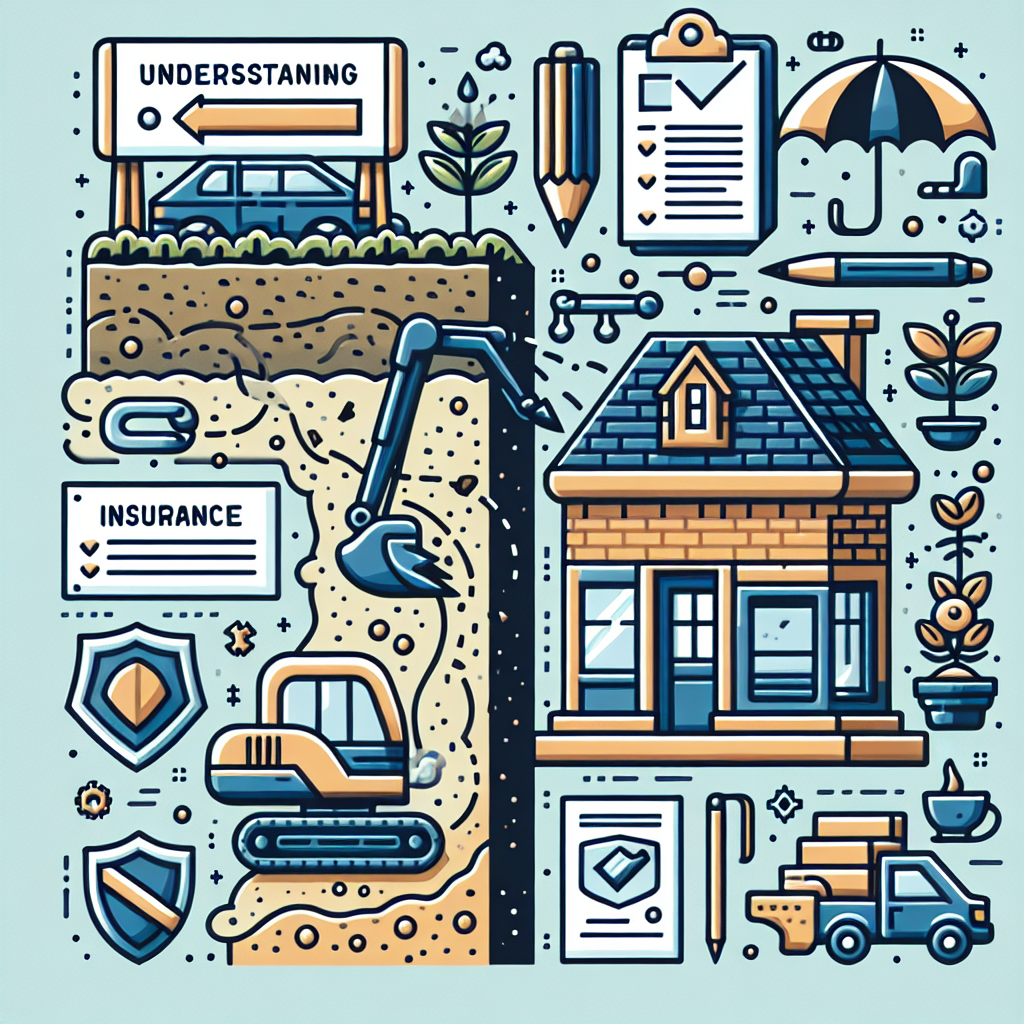Filed under Home Insurance on
Understanding Personal Liability in Home Insurance

Home insurance is a critical element in safeguarding your property and financial well-being. While many focus on coverage for natural disasters or theft, an equally essential aspect is personal liability protection. Understanding personal liability in home insurance can ensure that you're adequately covered against unexpected events that could otherwise lead to financial turmoil.
What is Personal Liability in Home Insurance?
Personal liability in home insurance refers to the coverage provided by your policy to protect you and your family from financial loss due to legal disputes. This coverage applies when someone sustains injuries or property damage that you’re legally responsible for, either on your property or because of your actions elsewhere.
Key Components of Personal Liability Coverage
- Bodily Injury: Covers medical expenses, pain and suffering, and legal costs if someone is injured on your property.
- Property Damage: Covers the cost to repair or replace another person's property that you accidentally damage.
- Legal Defense: Provides coverage for legal expenses if you are sued, including attorney fees and court costs.
Why is Personal Liability Coverage Important?
Personal liability in home insurance is crucial because it protects your assets in the event of an unforeseen accident. Without it, you could face substantial out-of-pocket expenses. With litigation trends on the rise, the need for adequate personal liability coverage has never been more essential.
Real-world Examples
Consider scenarios where personal liability comes into play:
- A visitor slips and falls on your icy driveway and sues for medical costs.
- Your dog bites a guest, and they seek compensation for injuries.
- Your child accidentally throws a ball through a neighbor's window, causing damage.
How Much Personal Liability Coverage Do You Need?
Determining the right amount of personal liability in home insurance is subjective and depends on individual circumstances. Generally, policies start with $100,000, but experts often recommend higher limits. Consider the total value of your assets, potential risks, and lifestyle when choosing your coverage amount.
Factors to Consider
- Value of Assets: Your coverage should at least equal the total value of your net assets.
- Potential Risks: Consider risks specific to your property and lifestyle, such as owning a pool or certain pets.
- Personal Preferences: Your comfort level with risk and potential legal battles.
Enhancing Personal Liability Coverage
To bolster personal liability in home insurance, many homeowners consider umbrella policies. These policies provide additional coverage above the limits of your home insurance, often offering millions of dollars in extra protection.
Umbrella Policies: A Safety Net
Umbrella insurance acts as a financial safety net, extending beyond standard policy limits. This can be beneficial if you have substantial assets or foresee potential liabilities that exceed standard coverage.
Common Misconceptions about Personal Liability
There are various misconceptions about personal liability in home insurance. Understanding these can clarify the real benefits and limitations of this coverage.
Myths and Facts
- Myth: Liability only covers incidents in my home.
- Fact: Coverage often extends beyond your property, protecting you against incidents you or your family inadvertently cause elsewhere.
- Myth: Personal liability covers business-related claims.
- Fact: Standard homeowner policies do not cover business activities; separate business insurance is required.
How to File a Liability Claim
If an incident occurs, knowing how to file a liability claim can expedite the process and minimize stress. Here’s how:
- Document the incident thoroughly, including photos, witness statements, and any involved parties' details.
- Notify your insurance company promptly to initiate the claims process.
- Work closely with your insurer. Provide all requested information to ensure a smooth evaluation and resolution.
Navigating Policy Exclusions
Understanding potential exclusions in personal liability coverage is vital. Common exclusions might include intentional harm, business-related claims, or liabilities covered by other policies.
Details Matter
Review policy documents and speak with your insurance agent to clarify any exclusions. Tailor coverage to fit your unique circumstances by considering rider policies or additional coverages if necessary.
Expert Opinions and Industry Trends
Experts in the insurance field emphasize the growing importance of robust personal liability in home insurance. With courts awarding larger settlements, having adequate coverage is a prudent choice.
Staying Informed
Industry trends show increasing litigation and claim costs. Regularly reviewing and updating your policy ensures it aligns with current realities and provides adequate protection.
Conclusion
Understanding personal liability in home insurance is pivotal in safeguarding your financial future. By assessing your coverage needs, exploring enhancement options such as umbrella policies, and staying informed on industry trends, you can ensure comprehensive protection against unexpected liabilities. Trust a reputable insurance provider to guide you in tailoring a policy that meets your unique needs.
In a world of uncertainties, having robust personal liability coverage offers peace of mind, allowing you to focus on enjoying the comforts of your home without unwarranted financial fears.





